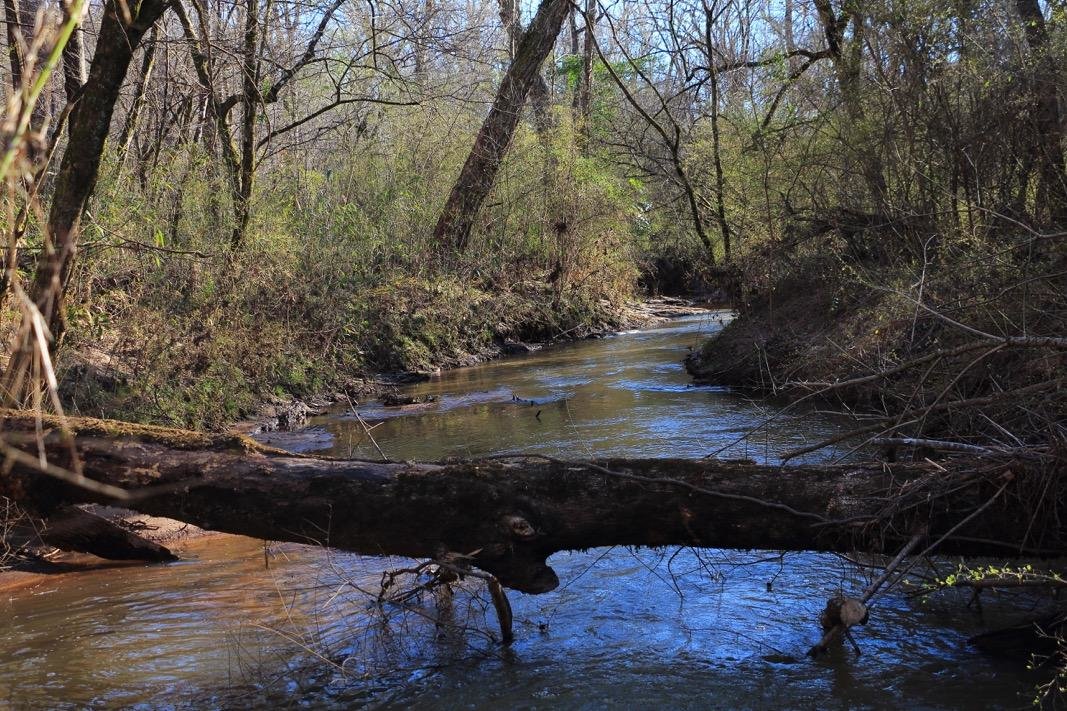Thanking Harry Hampton
tompol@earthlink.net
Fall 1980, a St. Andrews Columbia office park known as Dutch Plaza teems with activity.
We’re packing up files, desks, magazines, and more and moving the South Carolina Wildlife and Marine …
This item is available in full to subscribers.
Subscribe to continue reading. Already a subscriber? Sign in
Get 50% of all subscriptions for a limited time. Subscribe today.
Please log in to continueNeed an account?
|
Thanking Harry Hampton
tompol@earthlink.net
Fall 1980, a St. Andrews Columbia office park known as Dutch Plaza teems with activity.
We’re packing up files, desks, magazines, and more and moving the South Carolina Wildlife and Marine Resources Department headquarters to the Capitol Complex.
Perhaps that’s how I missed the news - Harry Rutledge Elliott Hampton died November 16, 1980.
What I didn’t miss once we settled in at the Rembert C. Dennis building was the reverent way colleagues talked about Hampton.
Writing about nature, he became a fervent force for conservation. He charted the path many of us would follow.
Hampton’s light shone bright, illuminating the wonders of woods and waters and their sacred place in this world.
“Woods and Waters,” that’s the banner his columns ran under. He championed the preservation of wilderness, and he was ahead of his time.
Hampton wasn’t quite 73 when the first Earth Day took place on April 22, 1970. Well, every day had been Earth Day to this man who was born appropriately enough on family land known as Woodlands.
Hampton wrote for The State newspaper. There he began his “Woods and Waters” column in 1930.
He advocated responsible outdoor behavior and the wise use of South Carolina’s natural resources. His words and conservation ethic earned him a following, and his work had a far-reaching influence on the public’s perspective on wildlife and natural resources.
He proved instrumental in the creation of the Wildlife and Marine Resources Department and the South Carolina Game and Fish Association, precursor of the South Carolina Wildlife Federation.
Among his greater successes was helping save Congaree Swamp. Hampton led a lonely campaign to save this 15,000-acre tract of pristine bottomland hardwood forest.
In time others took note of his efforts, and a grassroots effort swelled to the point that a new designation arrived in 2003—Congaree National Park, a 26,276-acre national park in central South Carolina.
The park preserves the largest tract of old growth bottomland hardwood forest left in the United States. It’s a green-variegated gem—the country’s 57th national park and South Carolina’s first.
Thank you, Mr. Hampton.
My former South Carolina DNR colleague, wildlife biologist, and a former director of the Congaree Land Trust, John Cely, wrote an essay about Hampton and the Congaree National Park.
In “Big Woods,” Cely alluded to Hampton’s enthusiasm for Congaree’s big woods. “Mr. Hampton’s sixty-nine-year-old legs walked my nineteen-year-old legs off that spring morning. He was a tall, lean man who moved effortlessly through the trees.”
Some of those trees have grown outward and upward for over 800 years, pushing their leaves toward the sun. Reflected, refracted, and filtered to a shimmering green, light resonates among the boughs of one of Earth’s highest canopies.
It could have been relegated to exposed bottomland with massive rotting stumps.
Hampton’s the father of South Carolina’s conservation movement. The Harry Hampton Wildlife Fund, South Carolina DNR, and fans of the great outdoors follow Harry Hampton’s lead. They’re doing good things for wildlife, its habitat, and nature.
And me? I’m privileged to provide you an ongoing series about South Carolina’s natural resources and outdoor heritage.
May the spirit of Harry Rutledge Elliott Hampton look over my shoulder with interest and a measure of inspiration, for there’s much to tell.
Keywords
down south, harry hampton, tom polandOther items that may interest you







Comments
No comments on this item Please log in to comment by clicking here